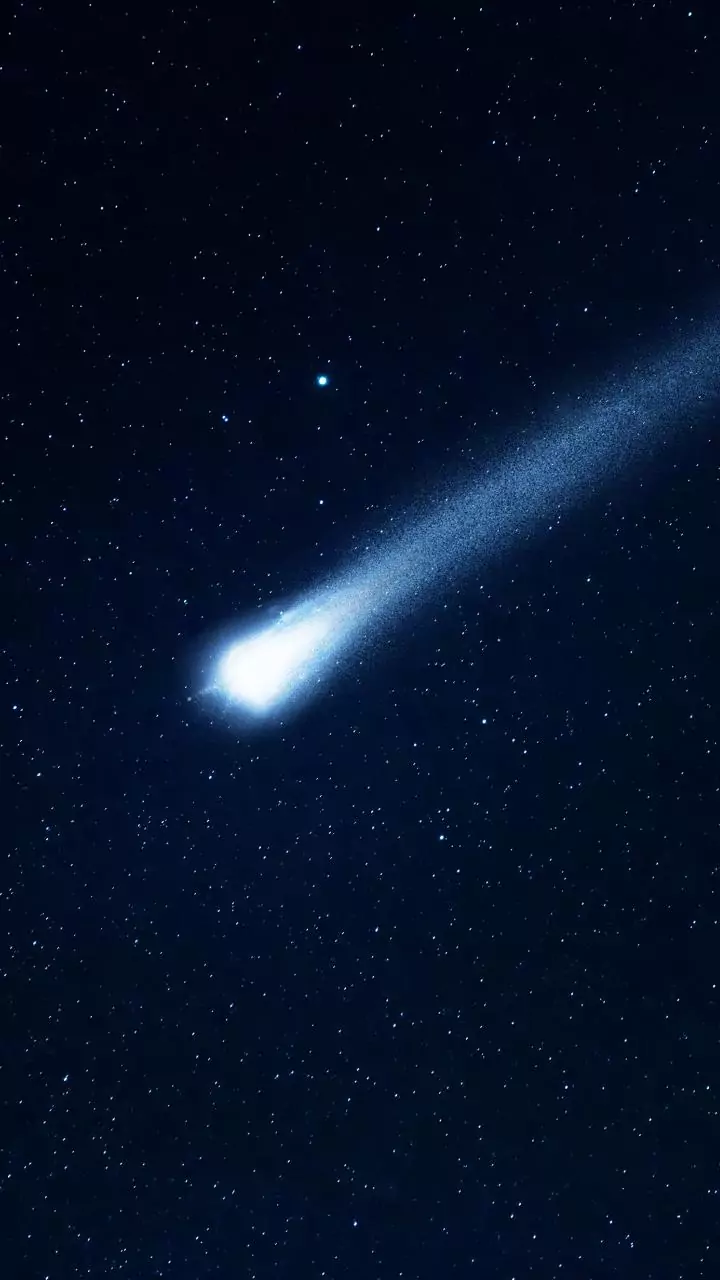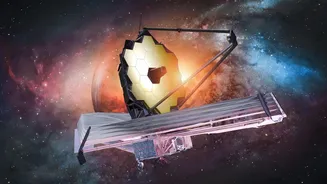Comet's Grand Voyage
Interstellar comet 3I/ATLAS, a visitor from beyond our solar system, is now the subject of detailed investigation following the acquisition of new images.
These images, a remarkable feat of astronomical observation, portray the comet as it navigates the vast expanse of space. The comet's journey, which commenced far from the sun, is characterized by its increasing proximity to our star, a trajectory that allows for clearer observations of its behavior and composition. This is a critical opportunity for scientists to study an object that formed in a different stellar environment, granting unique insights into the diversity of cosmic objects and the potential for life's building blocks to be carried across interstellar distances. These observations are helping scientists to understand the nature of comets from other star systems and how they might differ from comets found in our solar system.
Spectacular Jet Eruption
The newly acquired images of 3I/ATLAS showcase an impressive spectacle: a colossal jet of material shooting out from the comet's nucleus. This jet, extending for an enormous 10,000 kilometers, is composed of gas and dust particles expelled as the comet's icy surface is heated by the sun. The sheer scale and intensity of the jet's eruption provide evidence of the dynamic processes taking place within the comet. As the comet approaches the sun, the solar radiation causes the frozen gases to sublimate, creating a pressure buildup that results in these powerful ejections. The study of this jet is vital as it gives astronomers information on the chemical composition of the comet, which can in turn indicate the environments in which it formed. Detailed analysis of the jet's behavior provides valuable data for the models of cometary activity.
Unveiling Cometary Secrets
The observation of comet 3I/ATLAS and the recent images will help unveil important secrets about interstellar objects. Astronomers are now employing these images and data from other sources to delve deeper into the composition, structure, and dynamics of the comet. Understanding the composition of 3I/ATLAS is very crucial. This is because the comet's material likely originated in a different star system than our own, thus providing insight into the conditions under which planets and comets form elsewhere in the galaxy. The ongoing research focuses on identifying the specific molecules within the jet, measuring the rate of gas and dust emission, and observing the evolution of the comet's coma and tail. By analyzing these characteristics, scientists hope to learn more about the building blocks of other planetary systems.
Future Research, Discoveries
The study of 3I/ATLAS is ongoing, with future research expected to reveal even more details about this intriguing interstellar visitor. Scientists plan to use advanced telescopes and observational techniques to monitor the comet as it journeys through the solar system. Upcoming observations will focus on the evolution of the comet's activity as it approaches its closest point to the sun and then recedes. Moreover, international collaborations and missions will play a vital role in gathering comprehensive data. As new data and images become available, astronomers will enhance their models and predictions, leading to a deeper understanding of the comet's behavior and origin. The continuing study of 3I/ATLAS, as well as the identification and study of other interstellar objects, has the potential to reshape our perception of the universe and offer valuable insight into the origins of solar systems.












